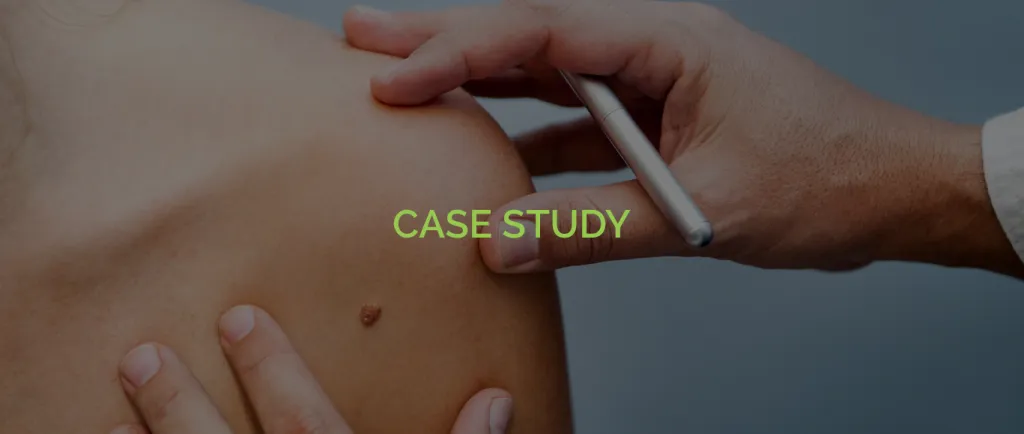Dermatology Association of Tallahassee
Armand B. Cognetta Jr., M.D.
Earl Stoddard M.D.
Molly Warthan M.D.
Jerry Edwards REMT-P, HT (ASCP)cm
CSN: DAT005
January 28, 2011
Institutional Overview
Dermatology Associates is a seven-person dermatology group with two Mohs surgeons, a fellow, an in-house plastic surgeon, and a dermatopathologist. We care for patients referred to us from about a 100-mile radius by dermatologists in lower Alabama, South Georgia, and the Florida Panhandle, as well as our own dermatologists and local and regional physicians.
Many of our patients have multiple cancers at the time of referral for Mohs Micrographic surgery. Depending on the location, size, depth, and aggressiveness of the individual tumor, and factoring in the patient’s age, health status, coagulation status, and what we term frailty index, we discuss Mohs surgery versus superficial radiation therapy (SRT) as part of the informed consent in patients over the age of 65. During this discussion of radiation, we offer treatment in our office of the SRT-100 or referral to local radiation oncologist. Approximately 10% of patients over the age of 65 referred for Mohs choose SRT. We have been providing this option for 25+ years and recently calculated our ten-year cure rates which compare very favorably to Mohs Micrographic surgery.
Patient History
The patient is a 95 year old male with a personal history of Melanoma, Basal and Squamous Cell Carcinoma. He is on Imuran for Myasthenia Gravis and takes a maintenance dose of Aspirin for heart disease.
The patient had a previous skin cancer treated successfully with superficial radiation on his left nose-cheek sulcus.
Patient Management
The patient presents with a 6×6 mm pearly lesion on the right upper forehead which was found to be a Basal Cell Carcinoma. Various options were discussed including wide local excision, Mohs Micrographic surgery, and superficial RT. The patient opted for superficial radiation therapy for this lesion.
Treatment Parameters
The clinical lesion was identified and circled. Then an 8-10 mm border was drawn around this. The tumor depth was estimated to be <5 mm. A 0.762 mm thick lead shield was fashioned to include a 2.4 cm field and placed over the lesion and extended field. Eye shielding and thyroid shielding were done. Using the Sensus RT machine with a 3 cm cone, 5 fractions of 700 cGy were delivered at 50 kv, 10 ma with a D1/2 of 5.8 mm. The patient received a total of 3500 cGy to the area over a two week period.
Patient Outcome
The patient tolerated the treatment with no side effects. The patient has some mild redness and erythema on the day of final x-ray. This should give him a good chance of cure. (see photos below)
Comment: The patient has a very good cosmetic result and more importantly, at 95 years old he was able to avoid surgery.

